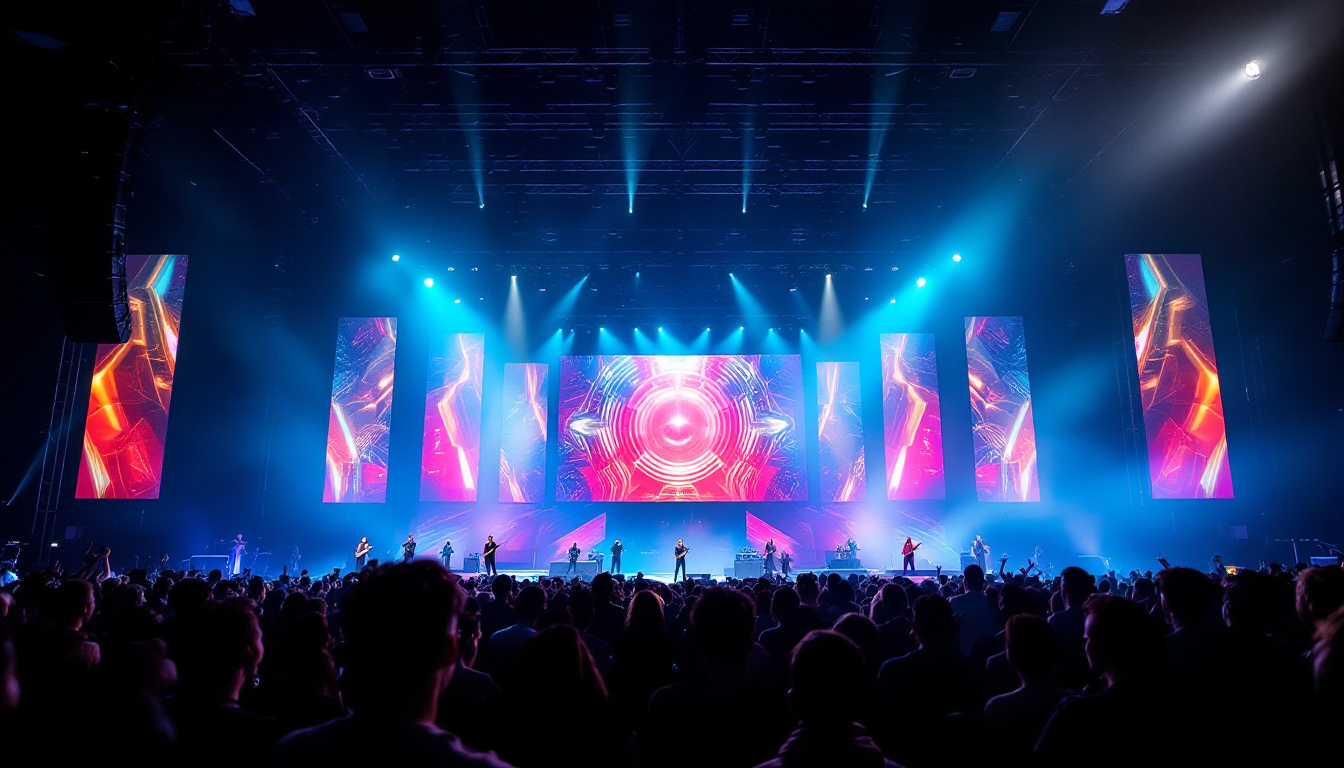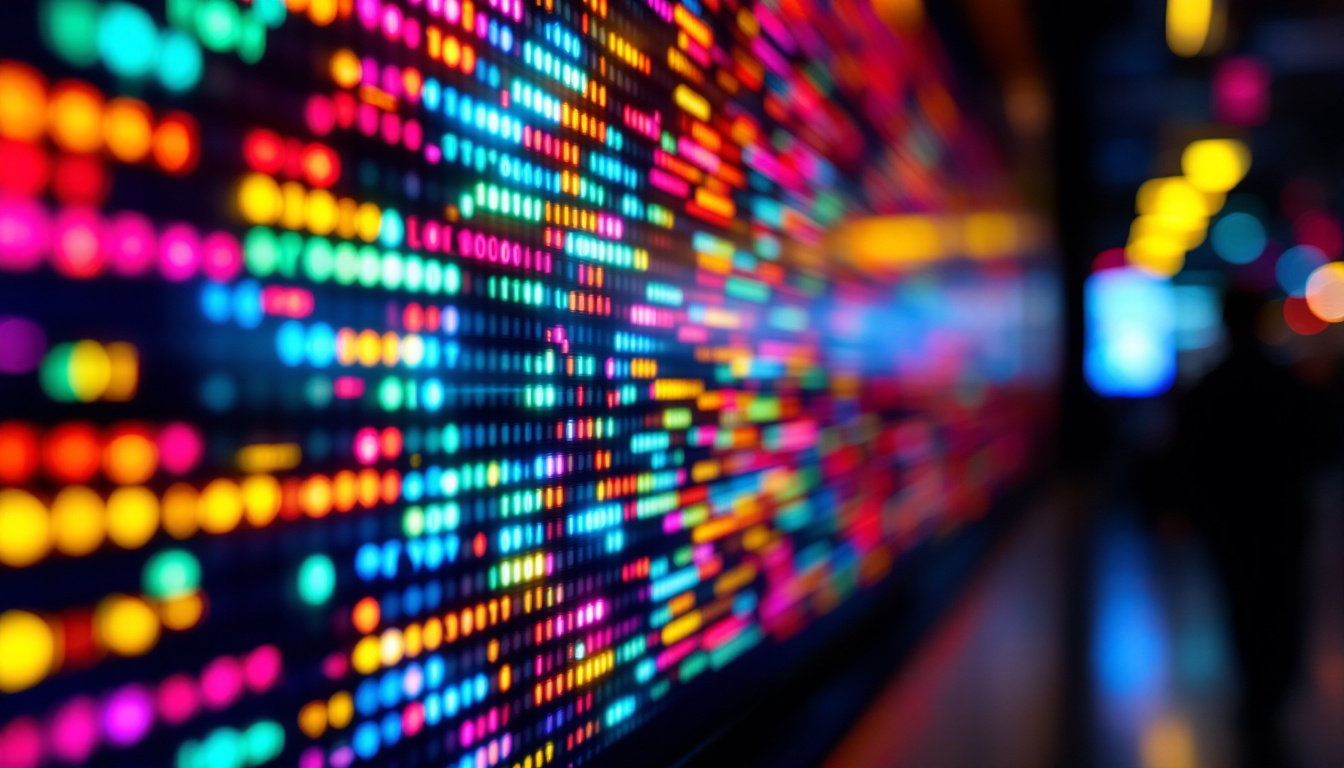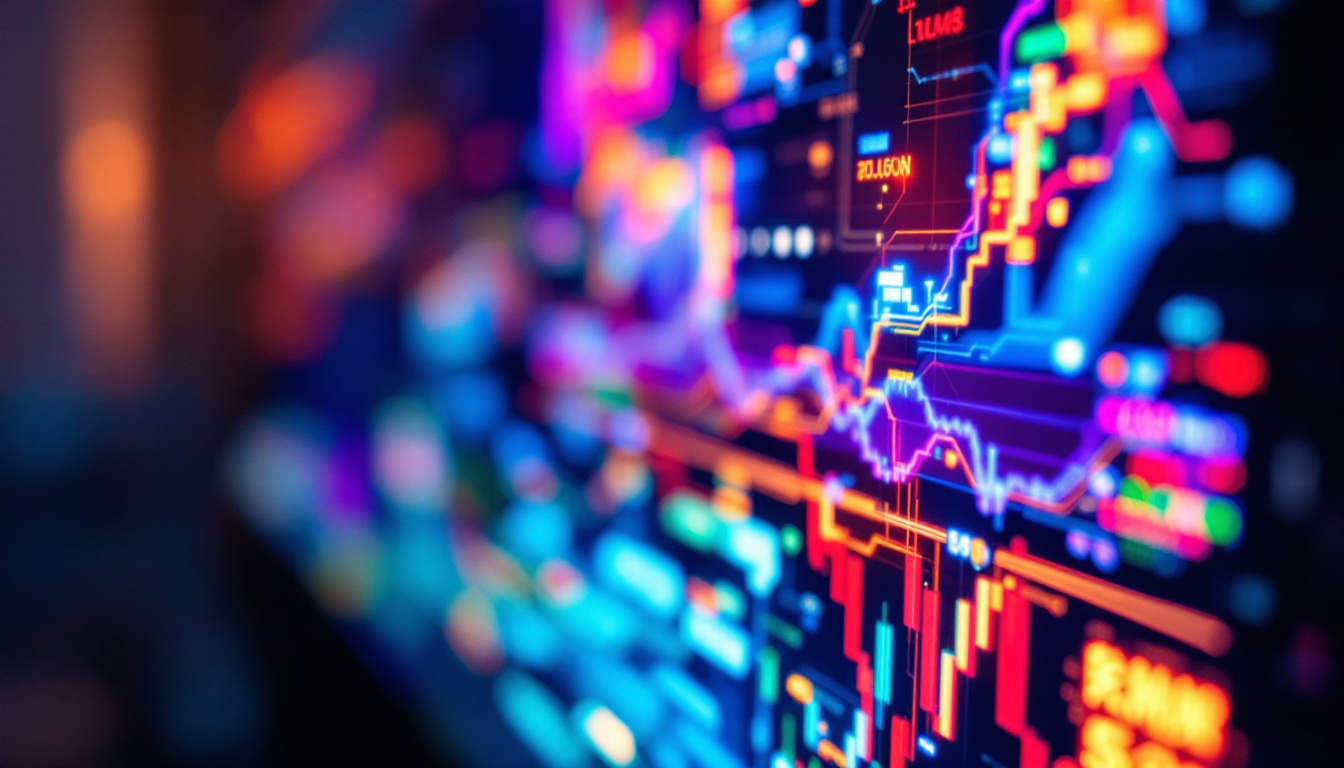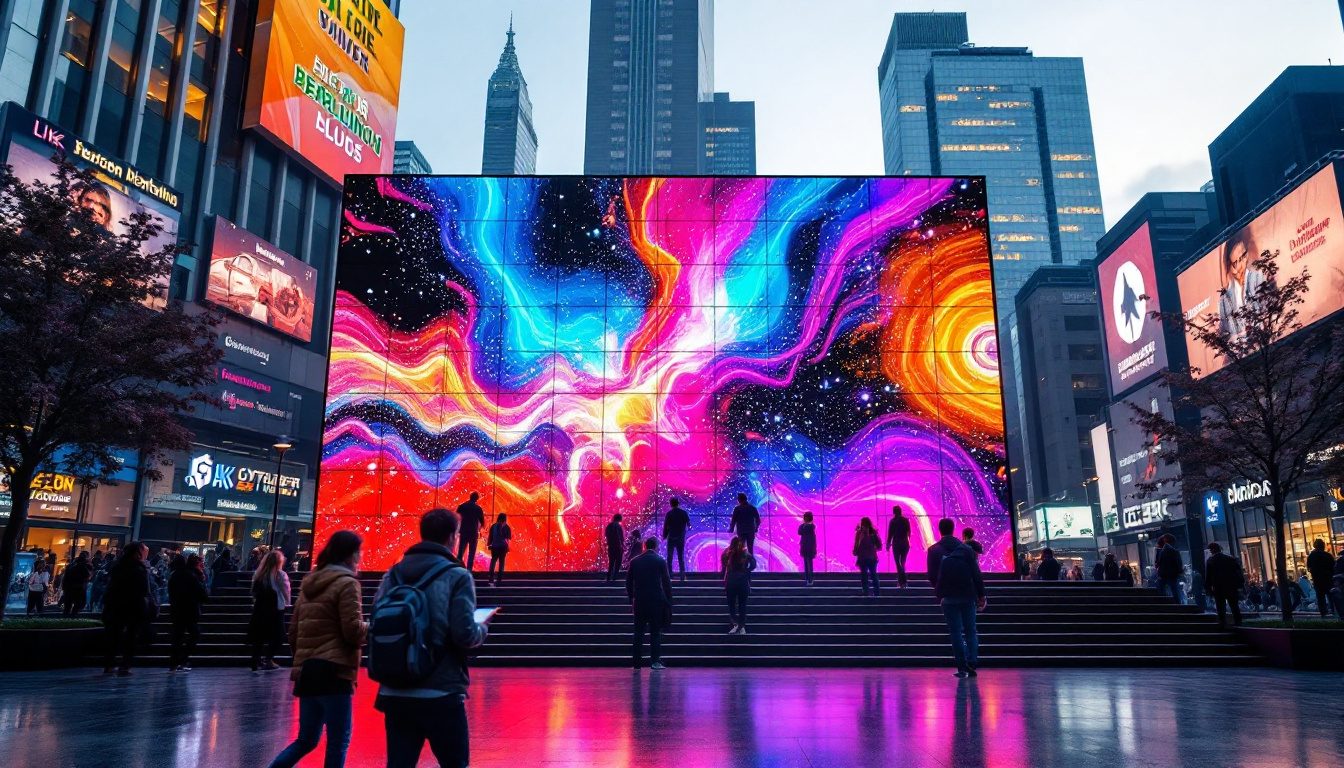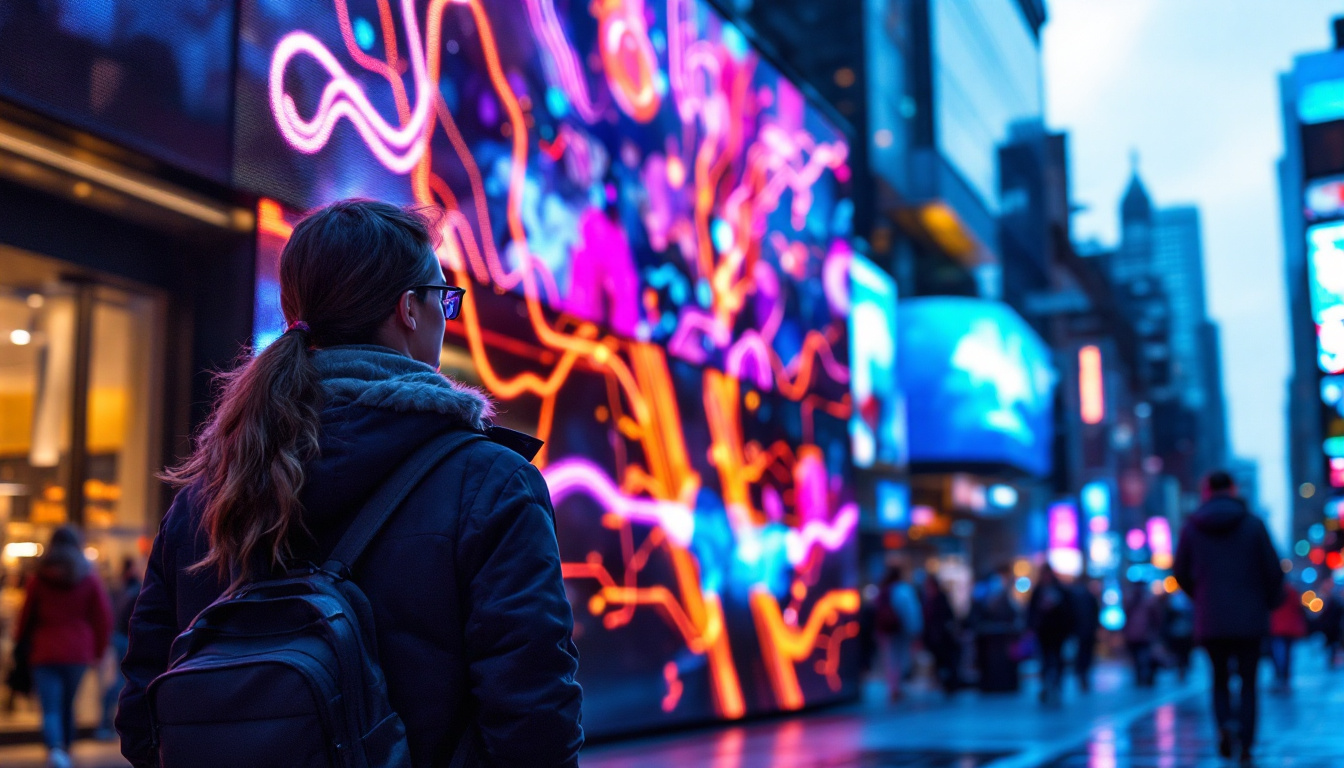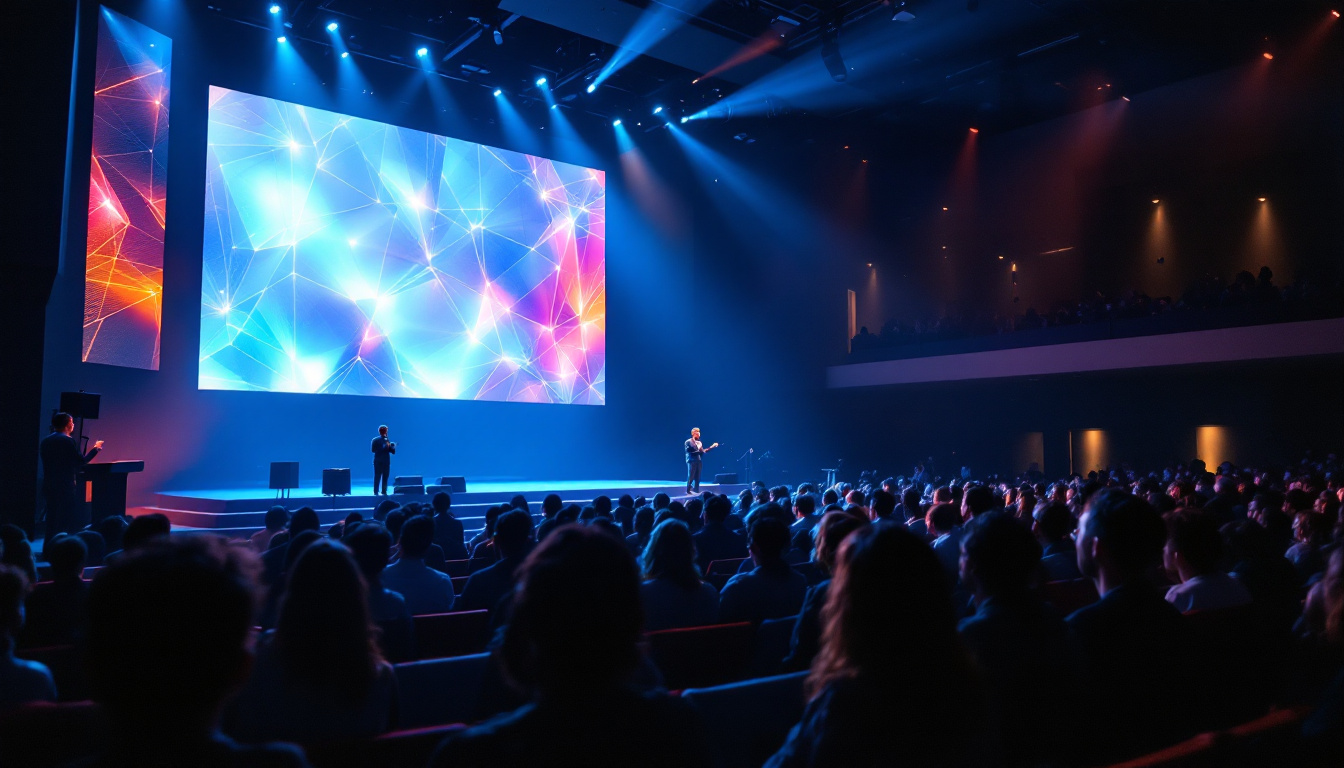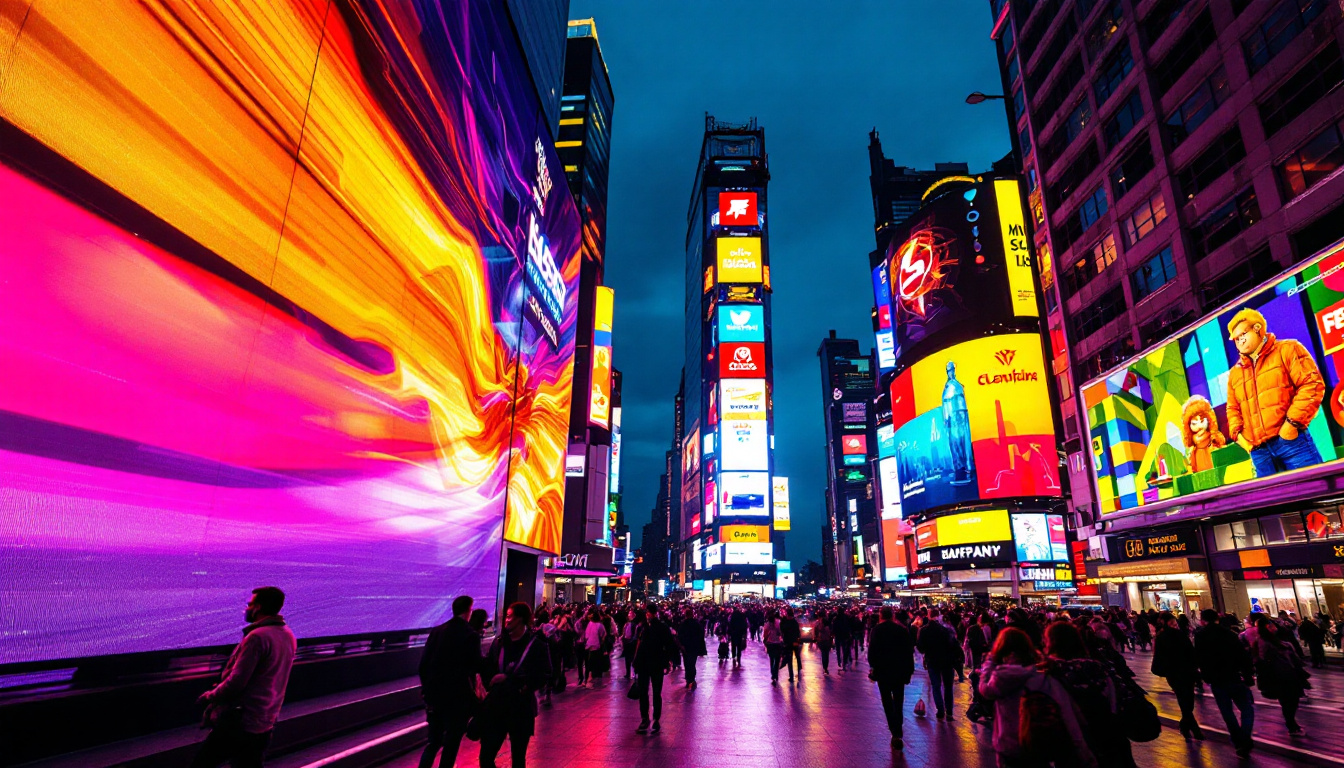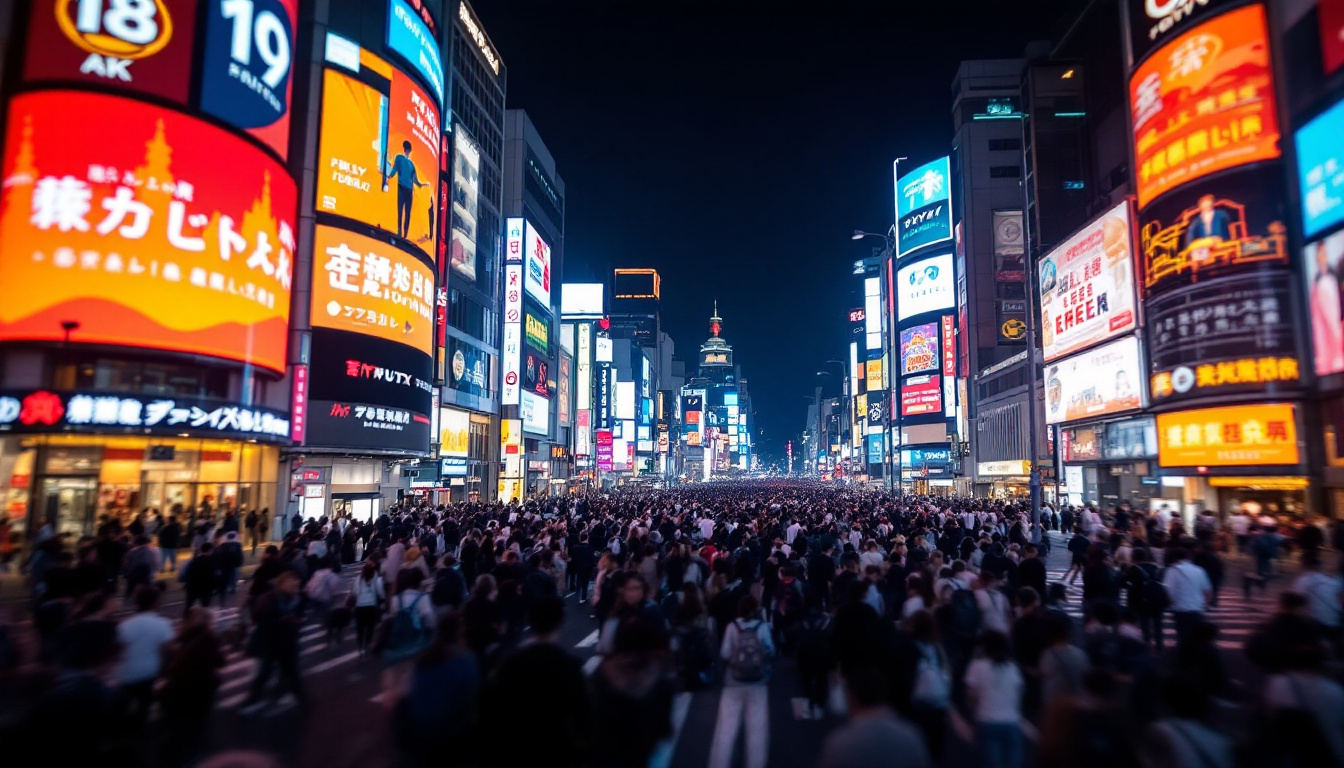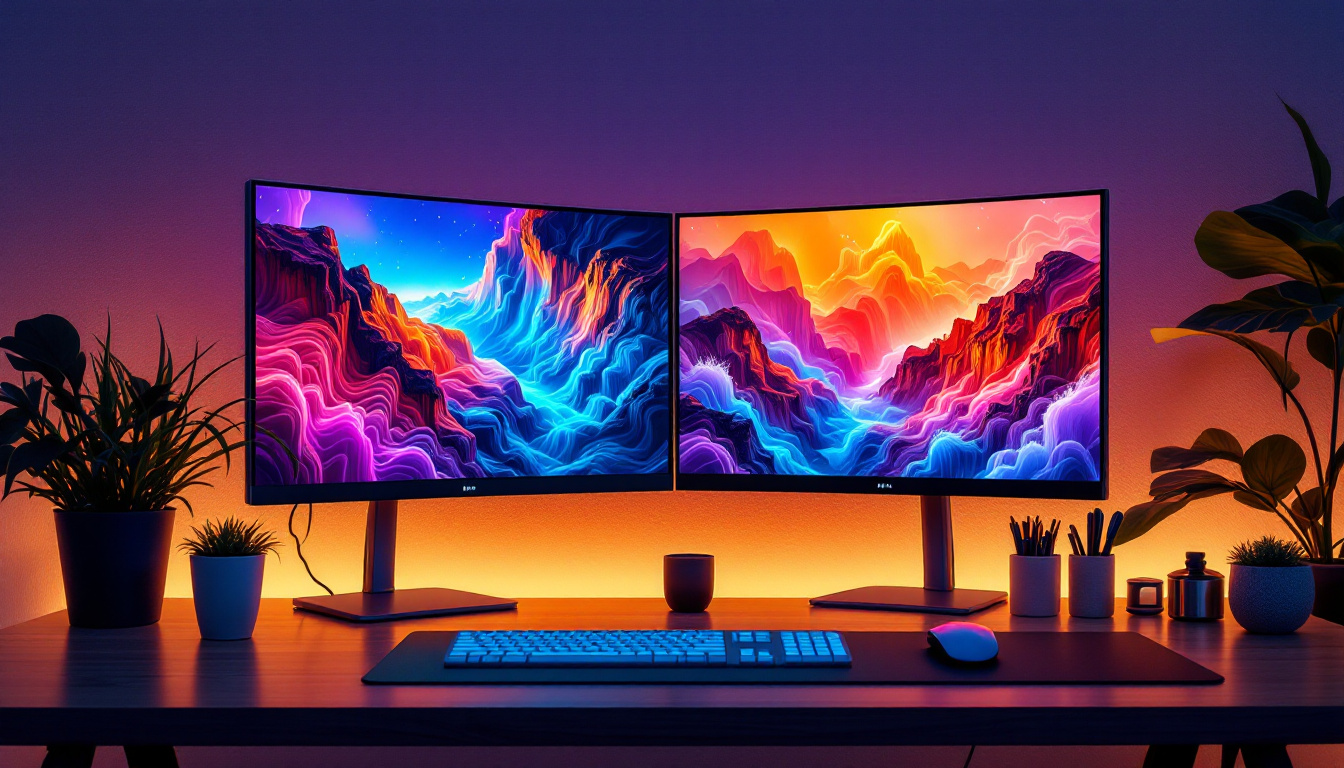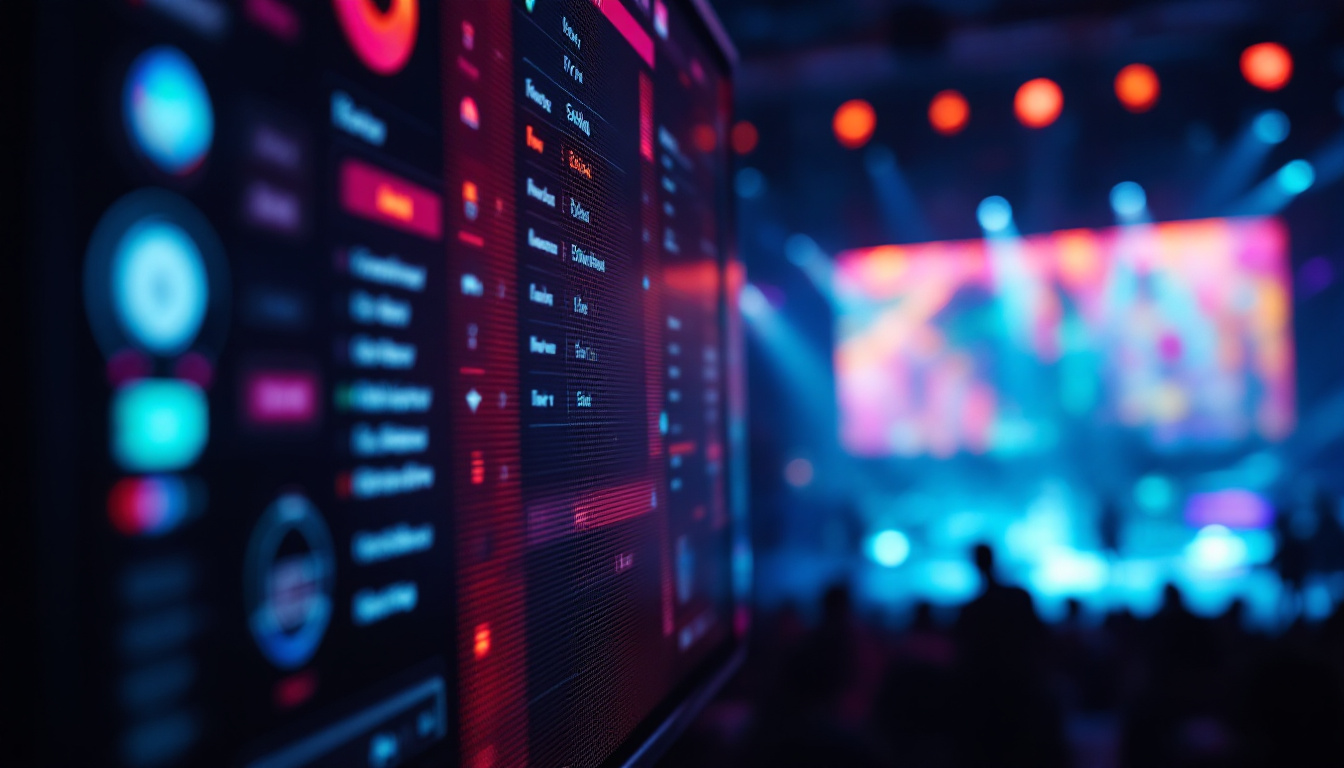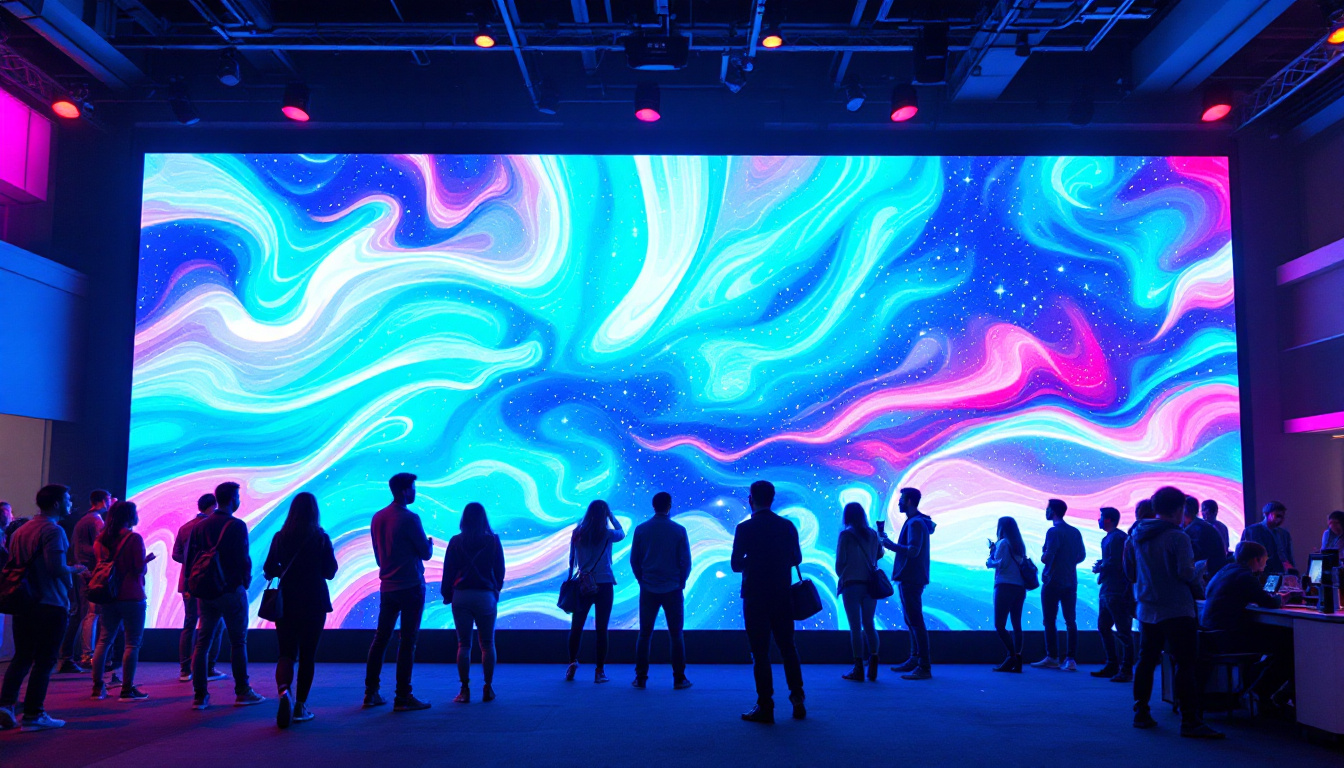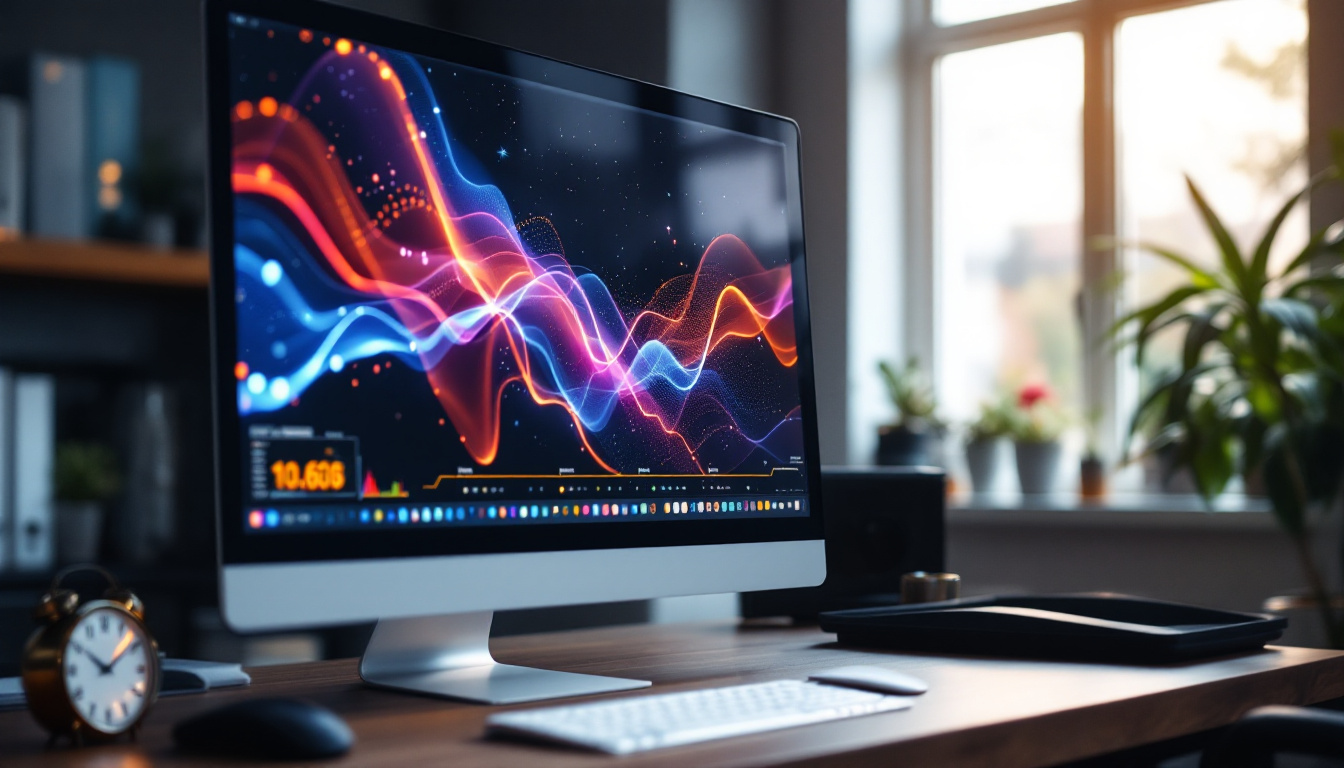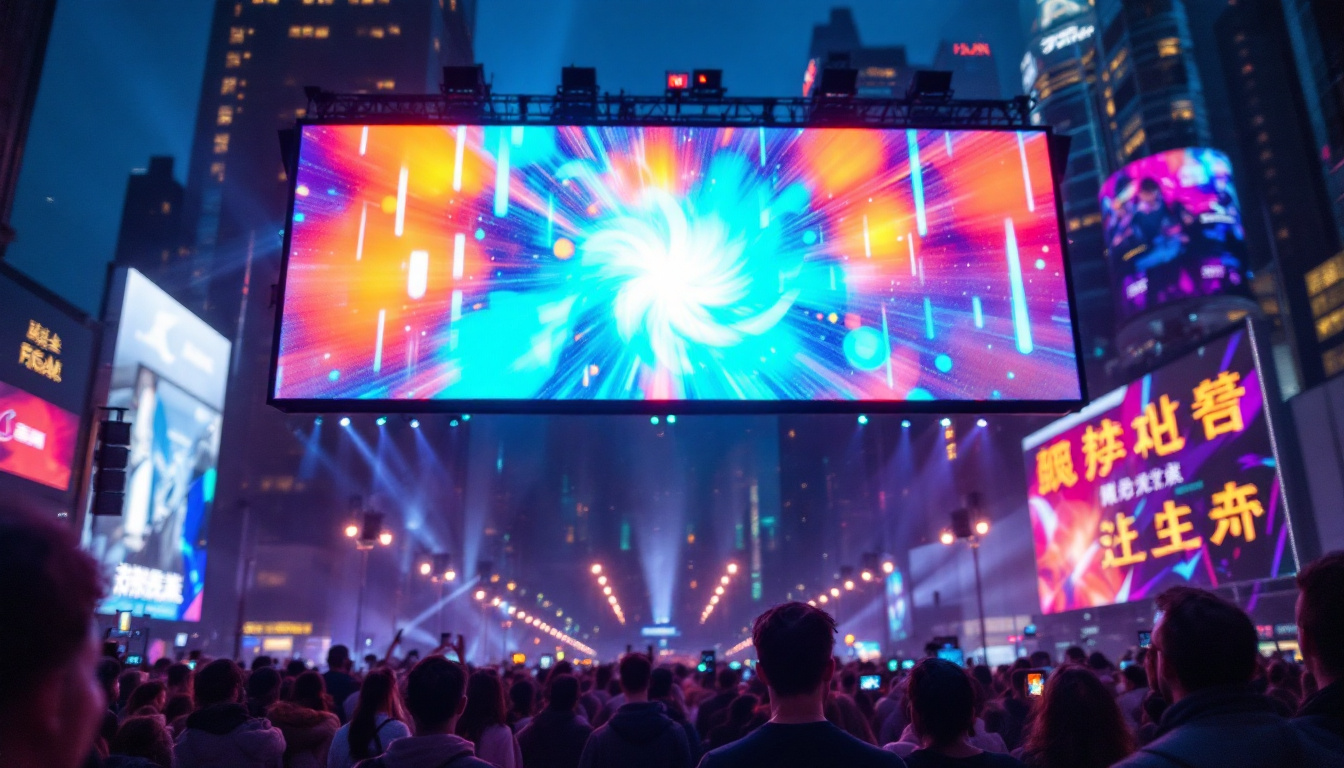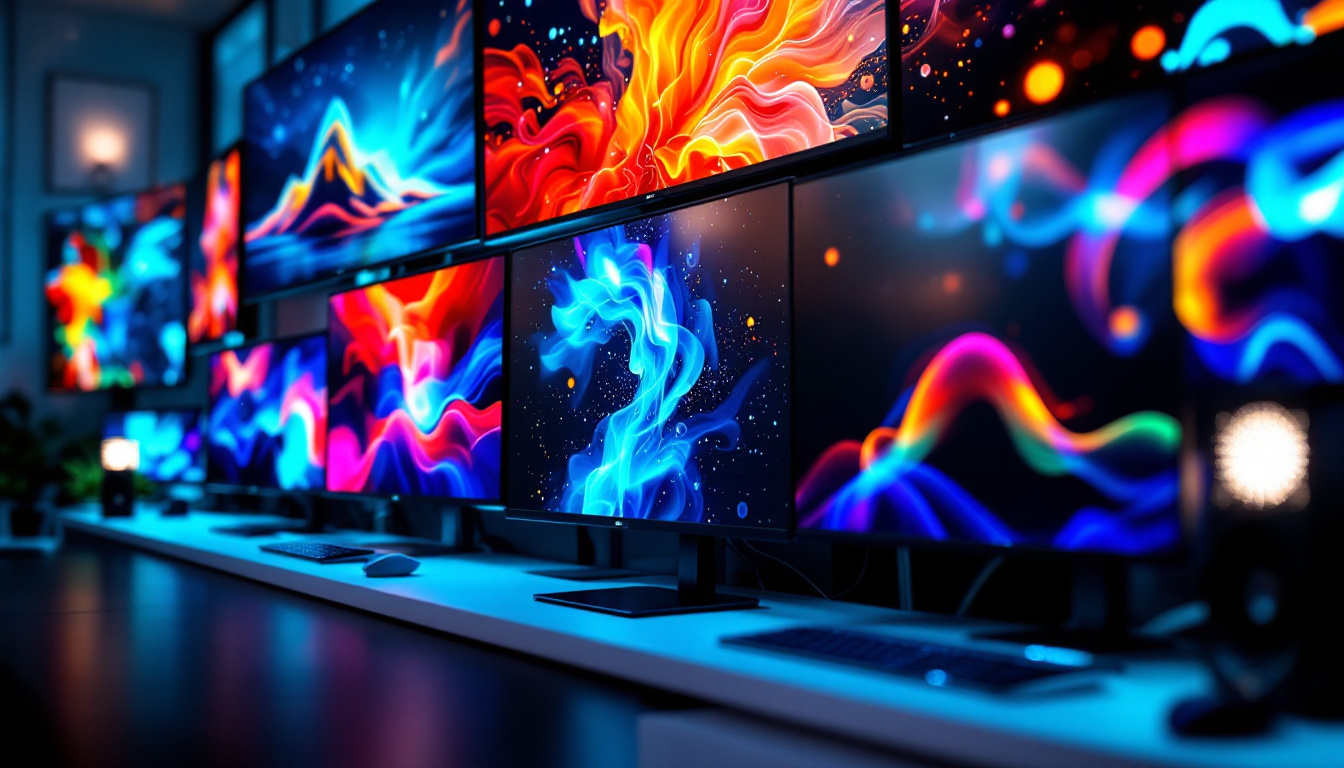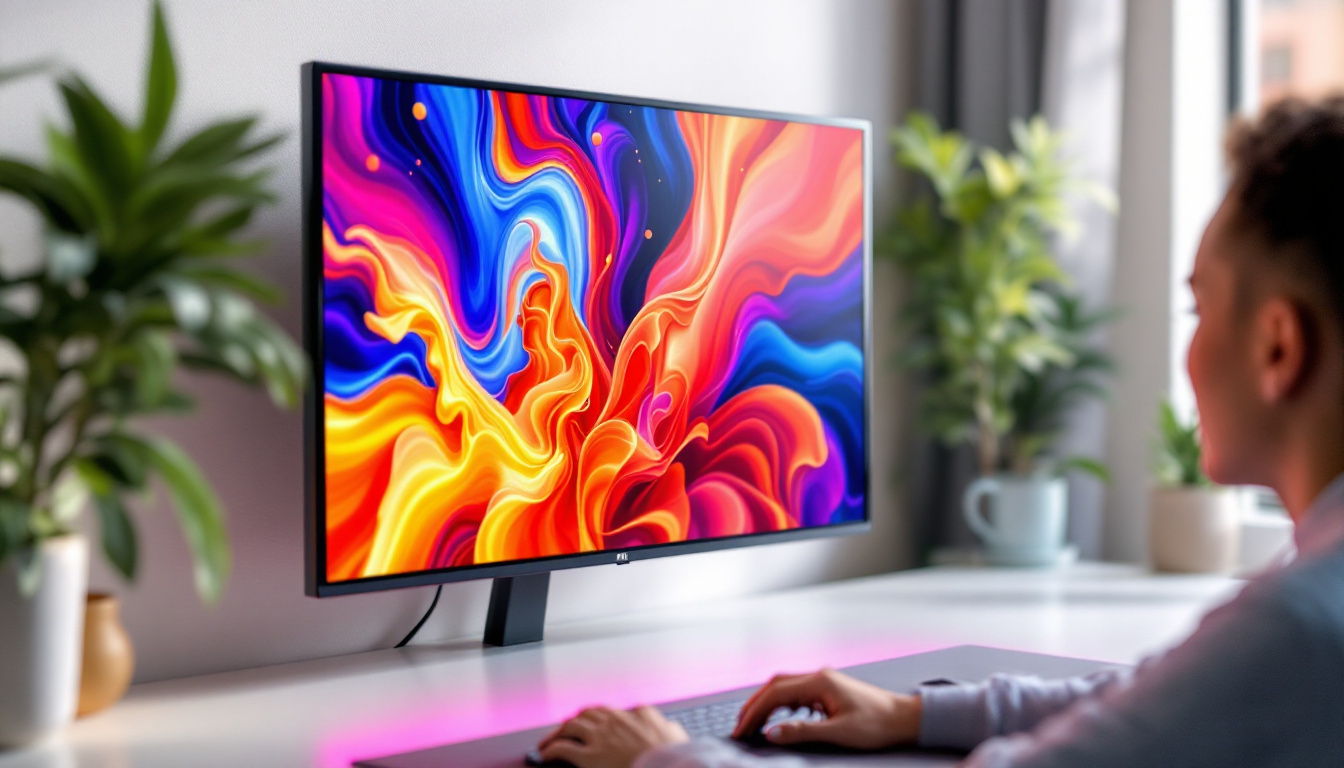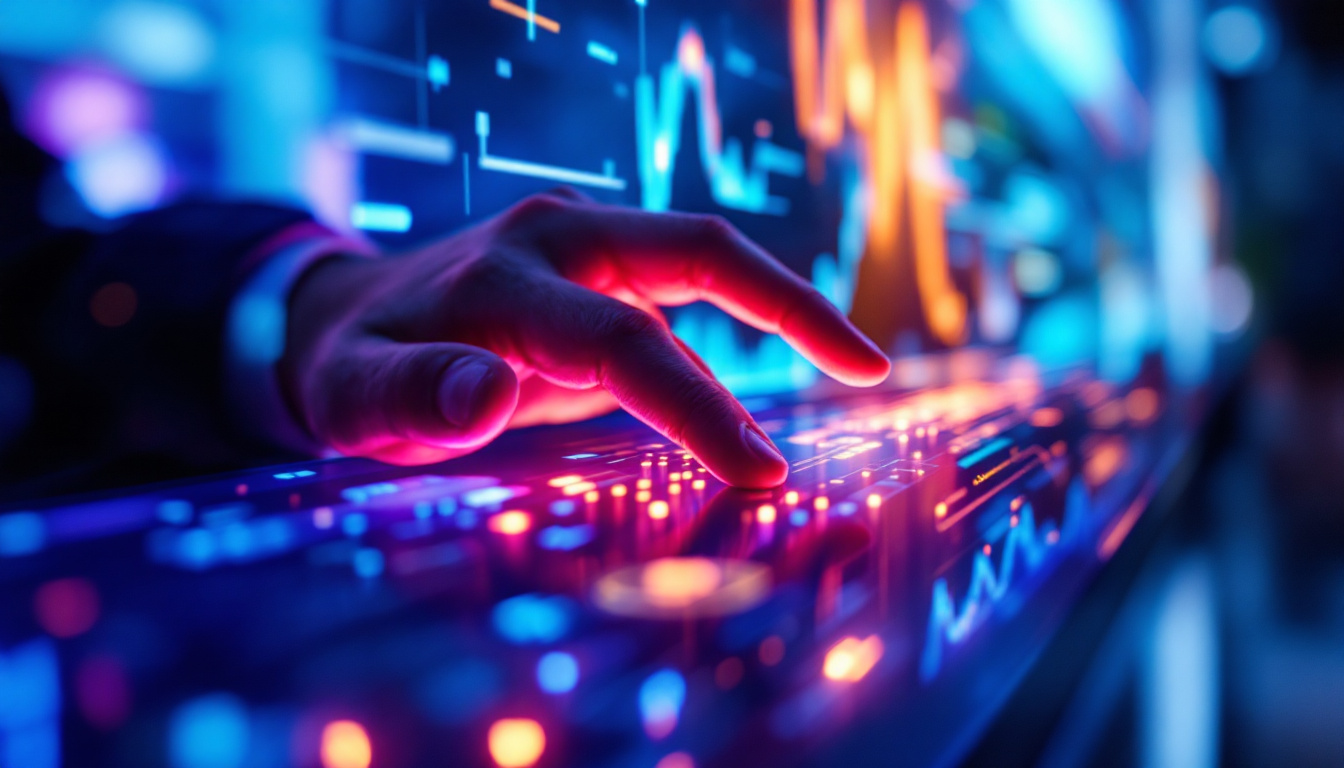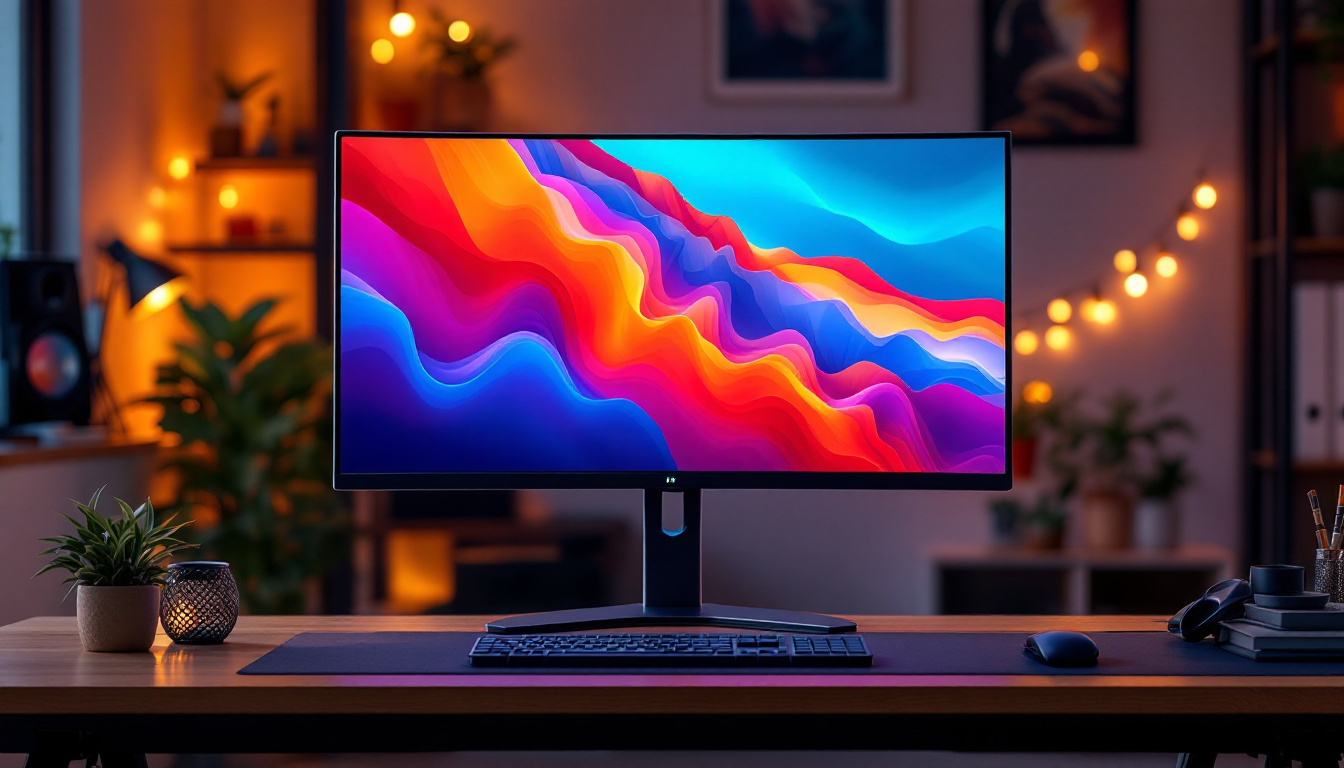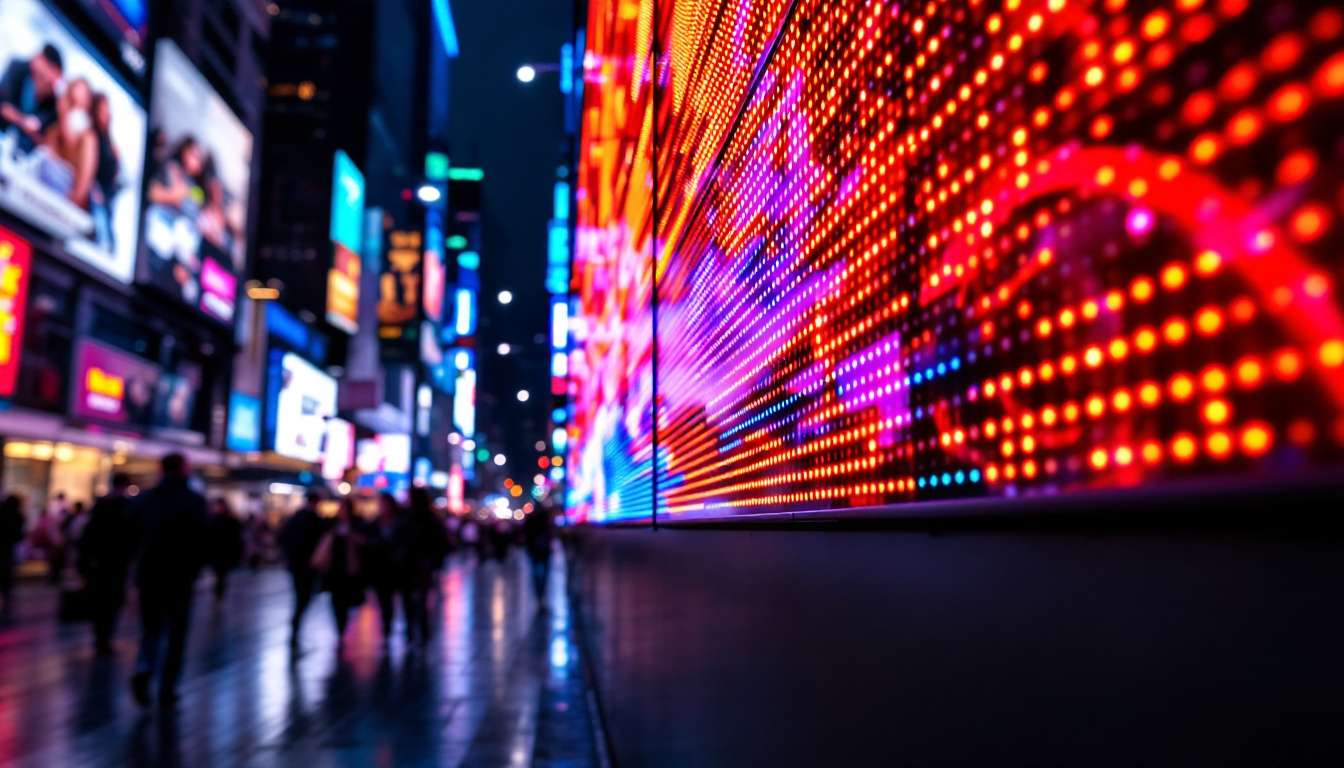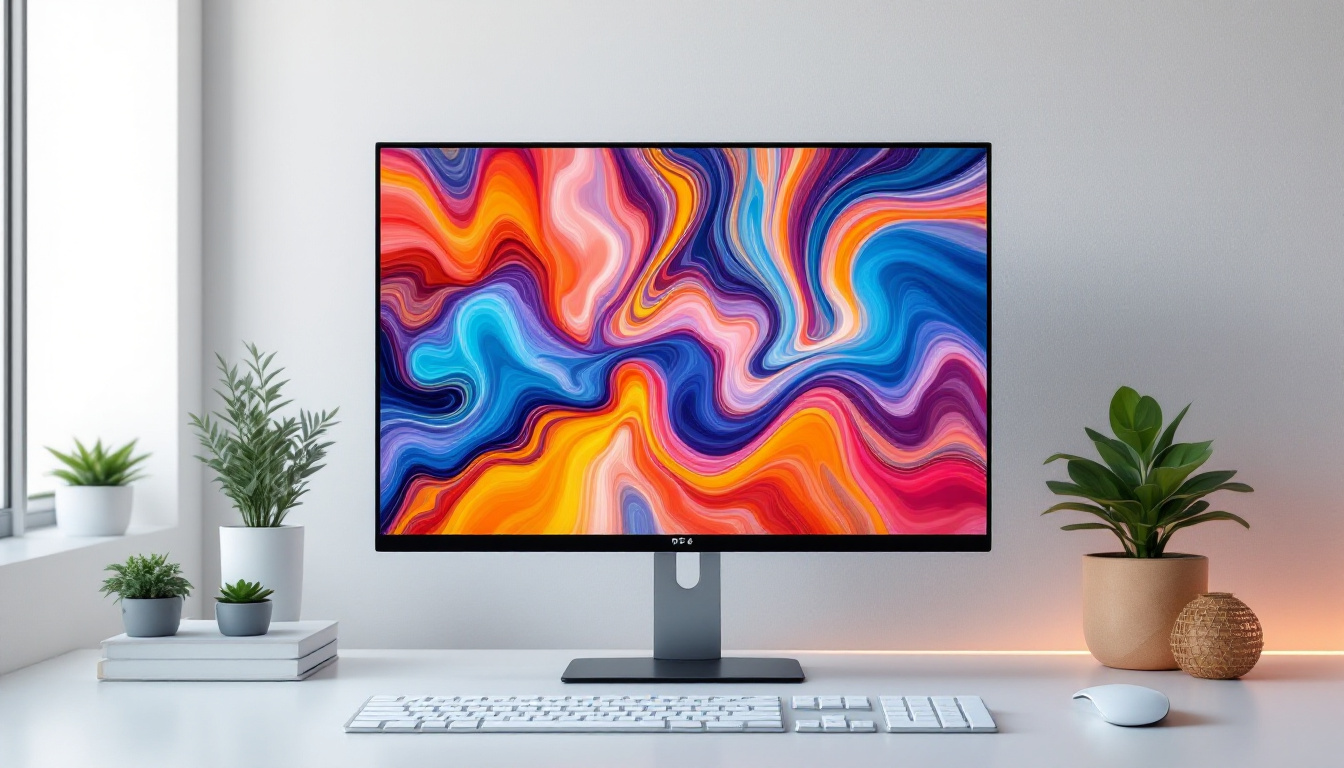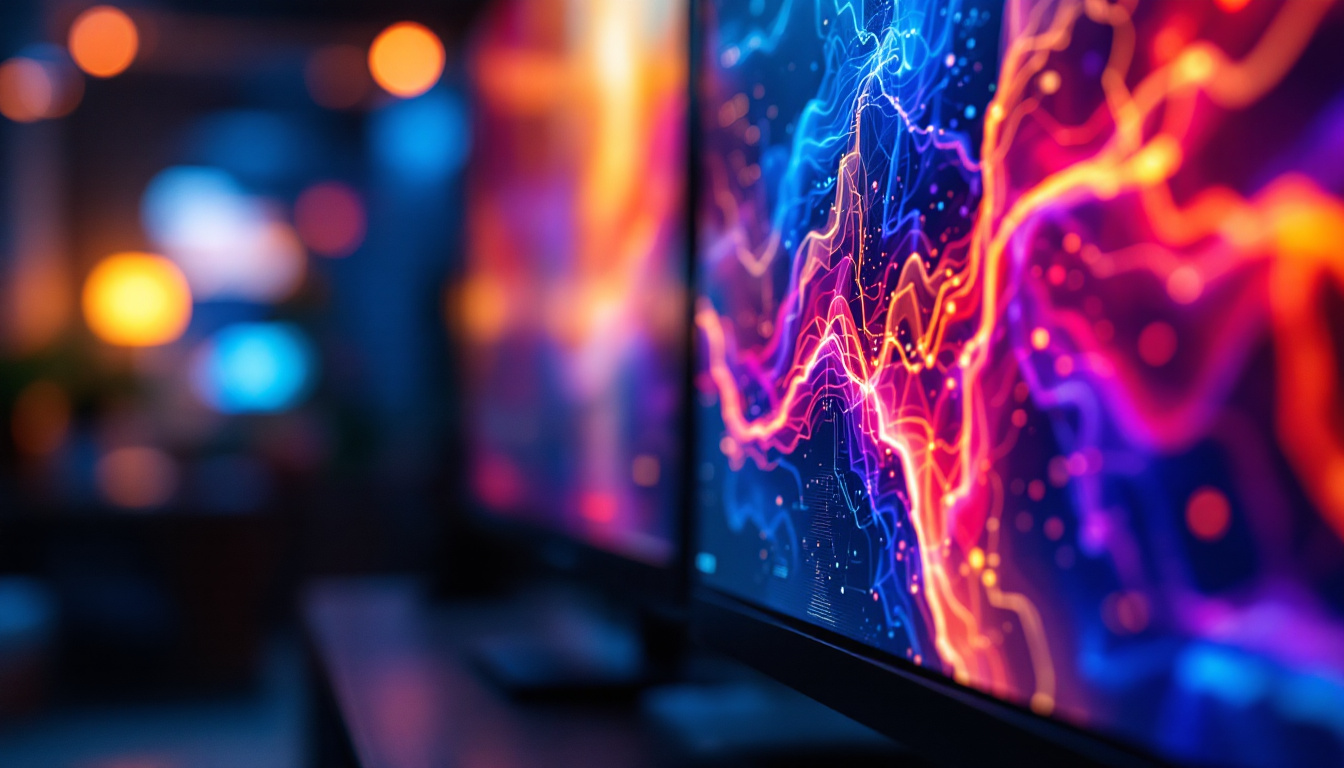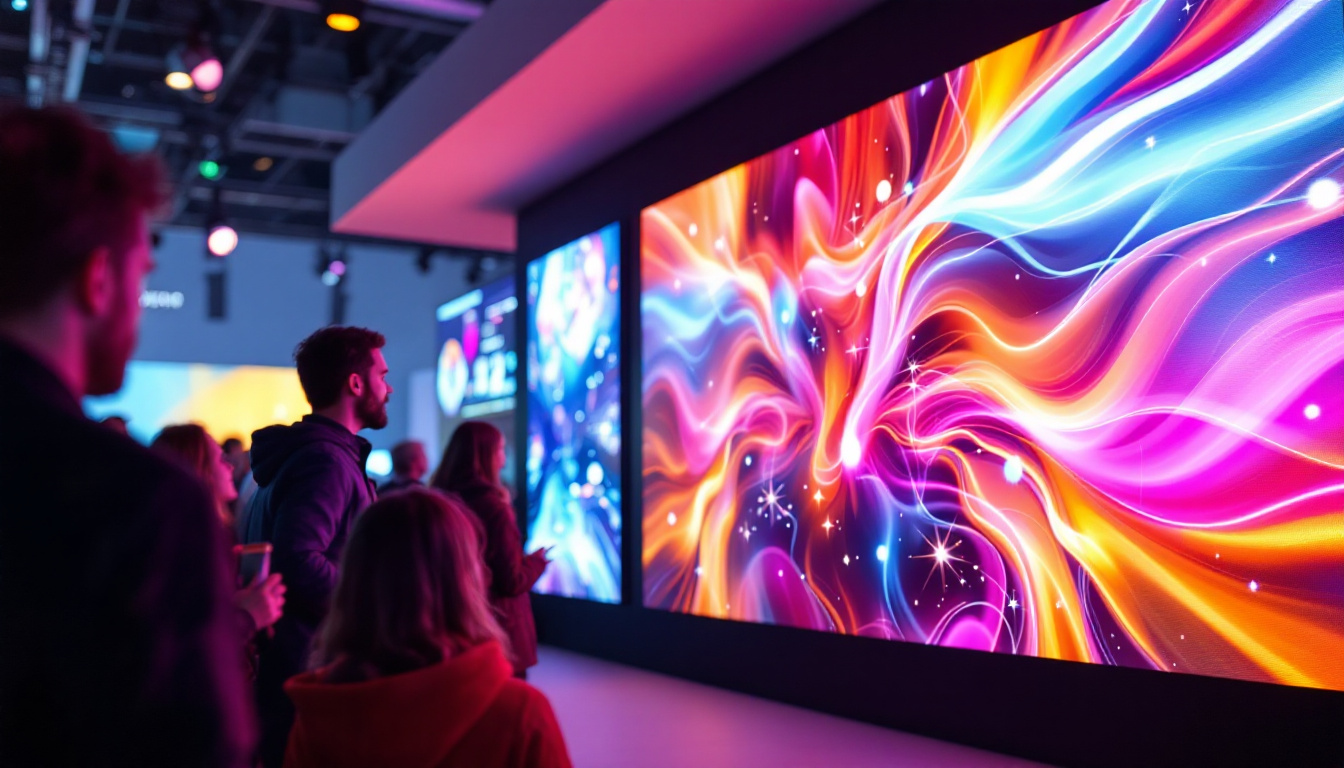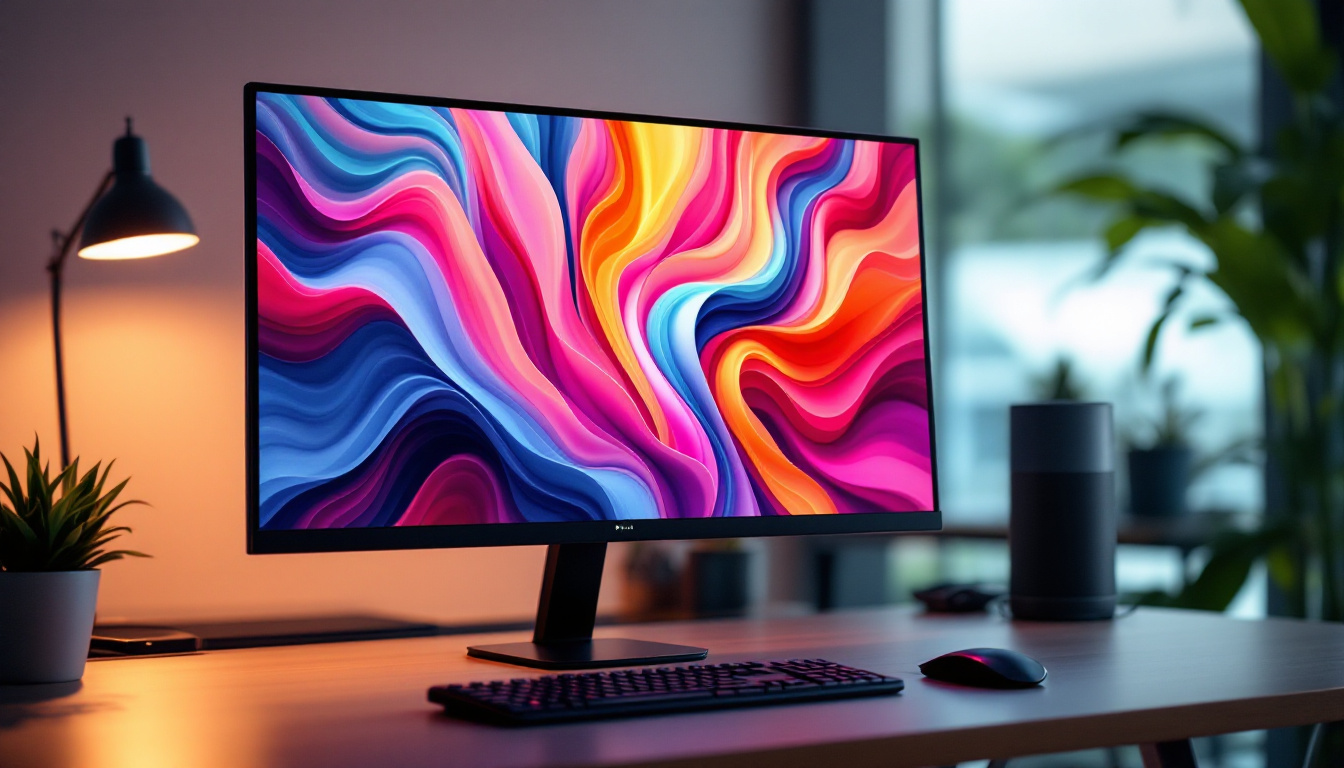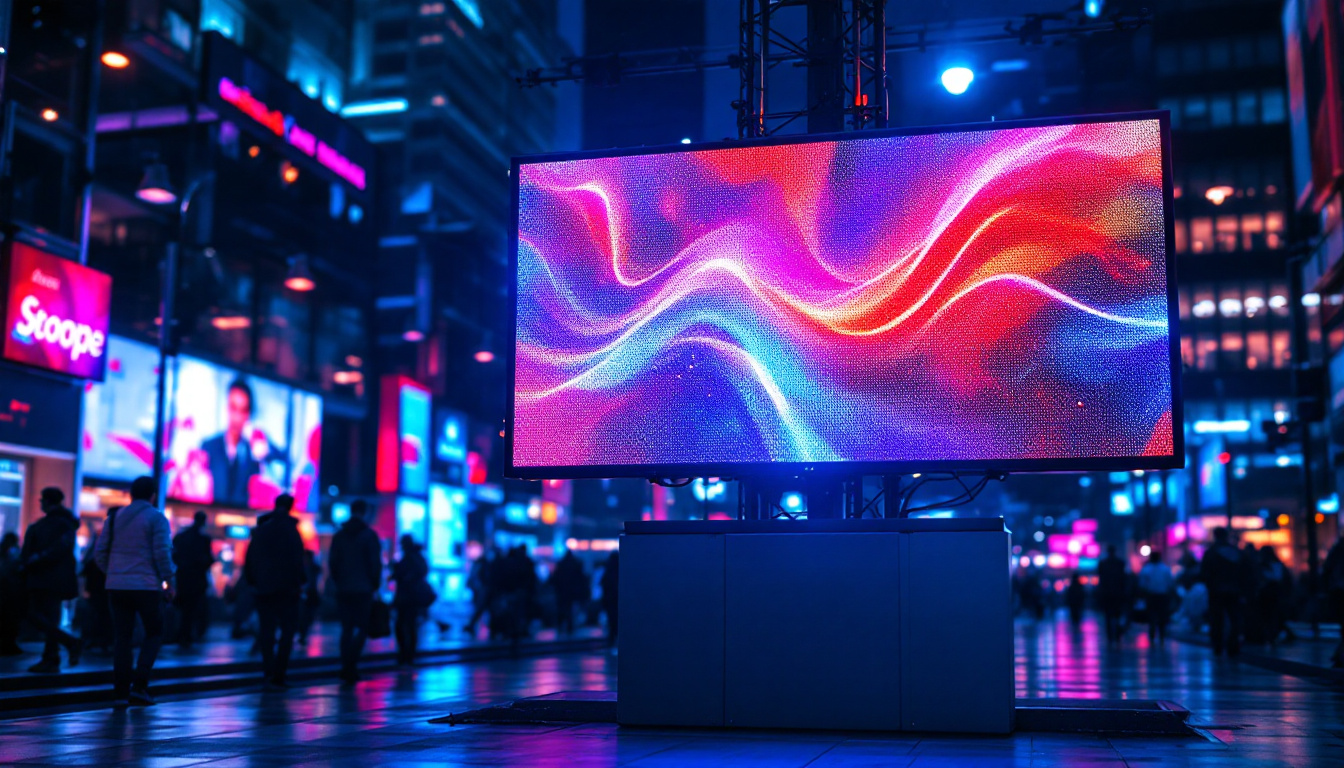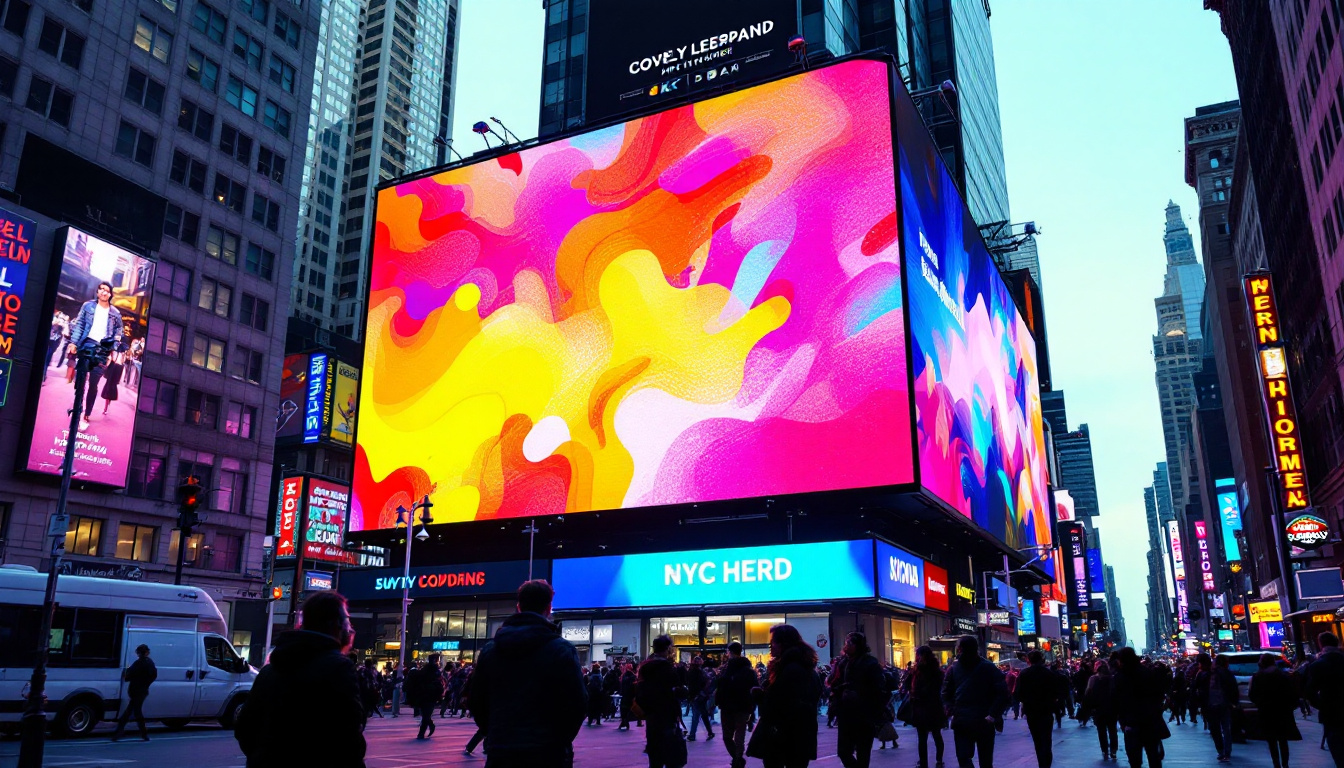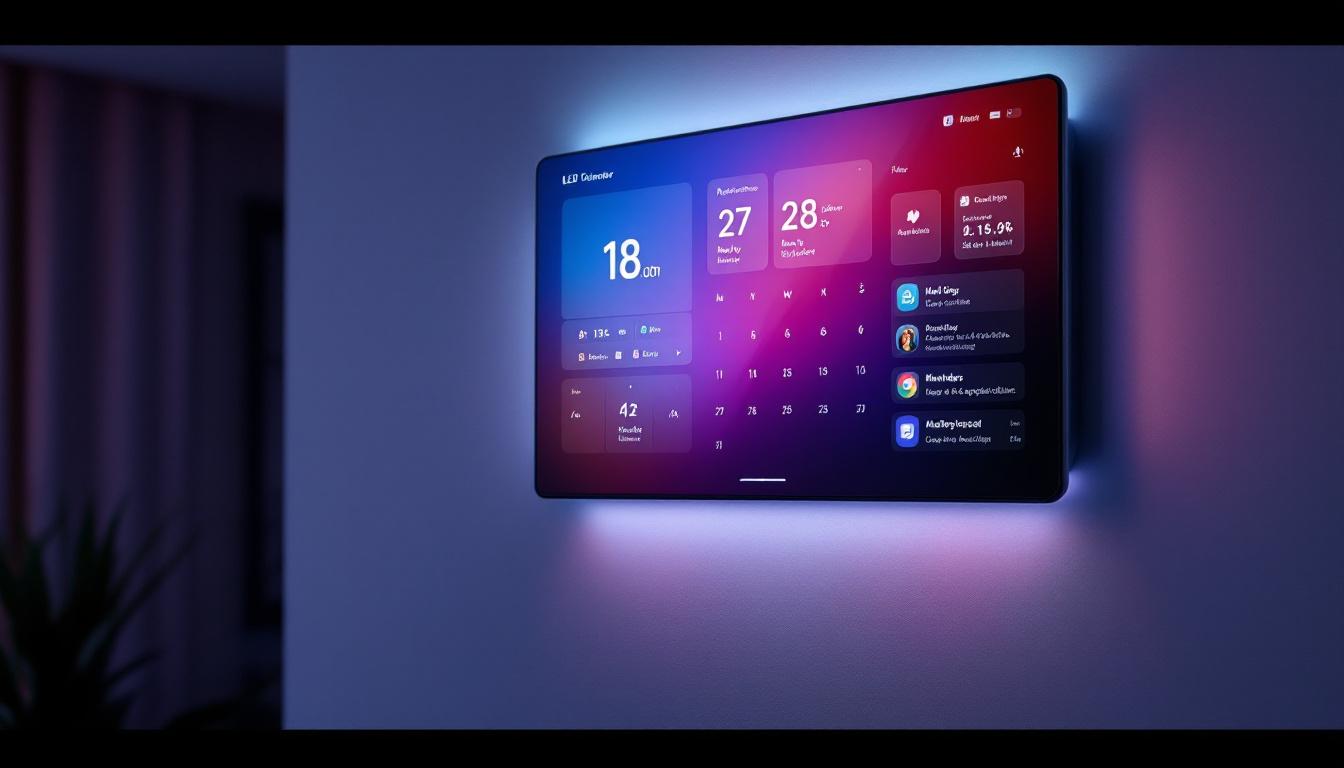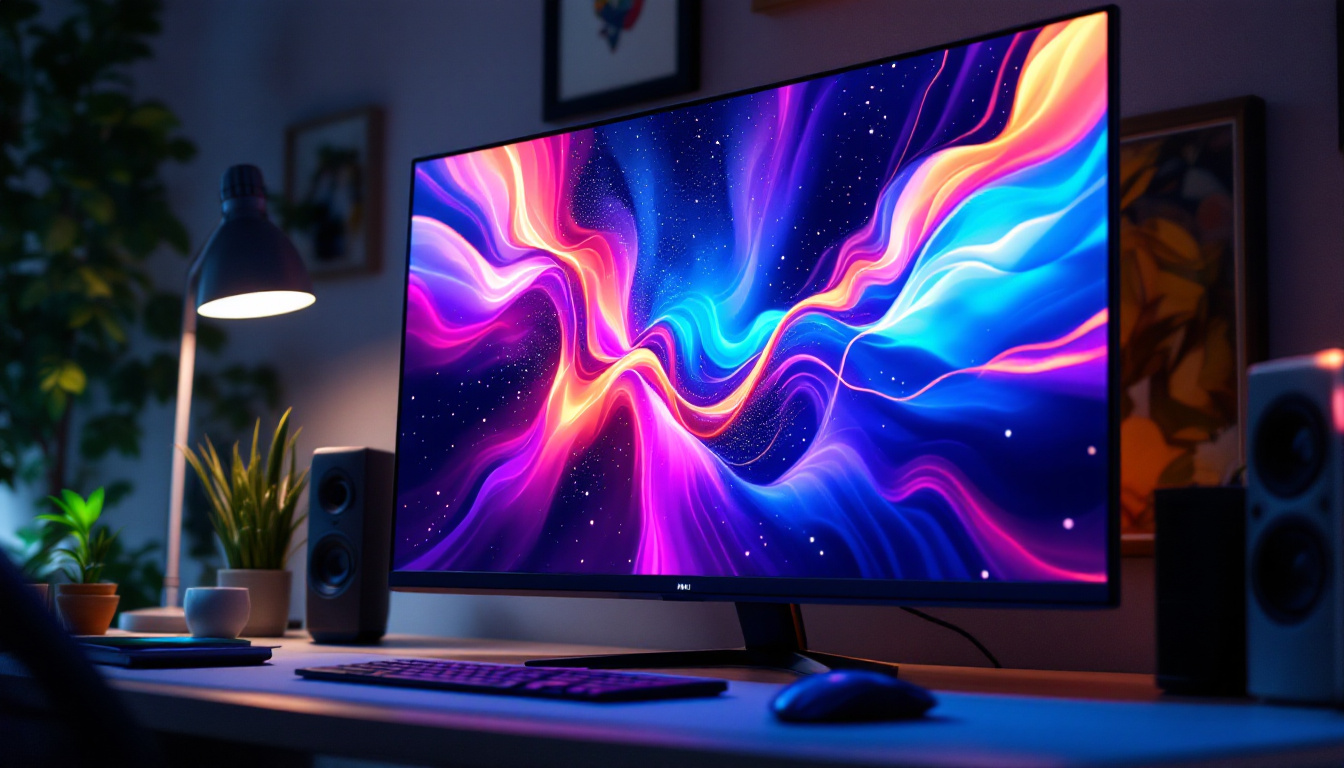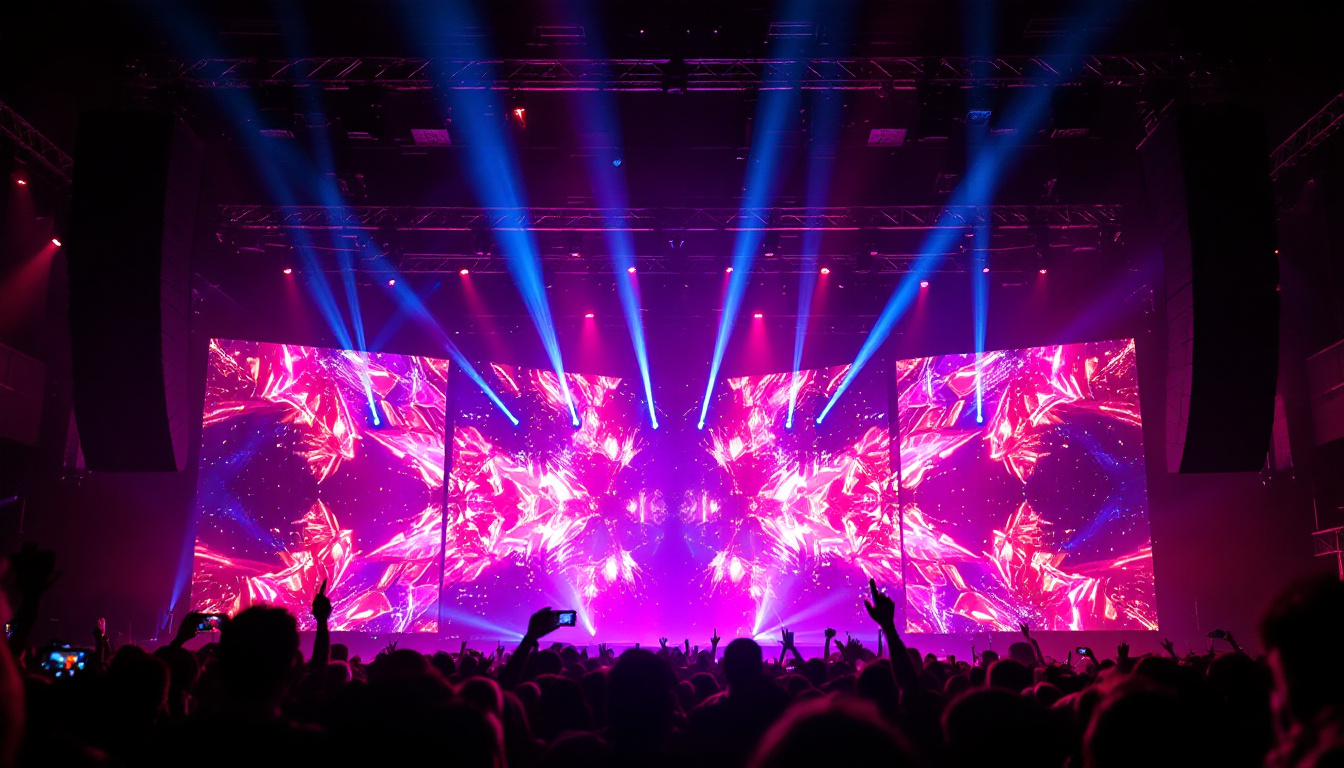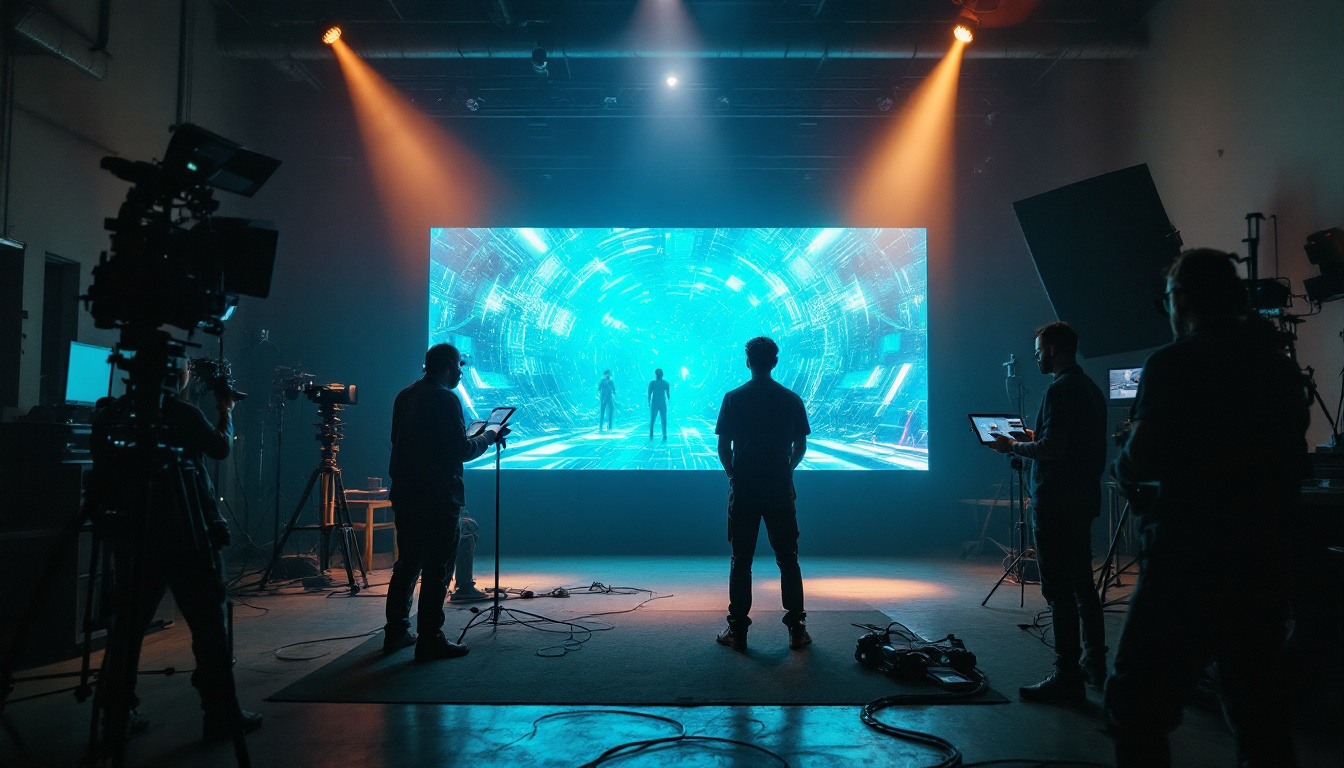In the modern world of entertainment and events, visual displays play a crucial role in enhancing the audience’s experience. Among the various technologies available, LED (Light Emitting Diode) displays have emerged as a popular choice for stage screens. This article delves into the intricacies of LED displays, exploring their technology, advantages, and applications in the entertainment industry.
Understanding LED Technology
LED technology has revolutionized the way images and videos are displayed on screens. Unlike traditional display technologies, LEDs use semiconductor materials to emit light when an electric current passes through them. This fundamental difference contributes to the unique characteristics of LED displays, such as their energy efficiency, longevity, and ability to produce vibrant colors. As a result, LED technology has become the preferred choice for a wide range of applications, from personal devices to large-scale public displays.
How LED Displays Work
At the core of an LED display are tiny diodes that light up in various colors to create images. These diodes are grouped into pixels, with each pixel typically consisting of red, green, and blue (RGB) components. By adjusting the intensity of each color, the display can produce a wide spectrum of colors, allowing for vibrant and dynamic visuals. The precision with which these colors can be manipulated also allows for the display of intricate details and subtle gradients that enhance the overall viewing experience.
LED displays can be categorized into two types: direct view and rear projection. Direct view LED displays are commonly used for stage screens, as they provide high brightness and excellent color accuracy, making them suitable for both indoor and outdoor environments. In contrast, rear projection systems utilize a combination of LED light sources and projection technology to create images, which can be beneficial in settings where space is limited or where a more immersive experience is desired.
Types of LED Displays
There are several types of LED displays, each designed for specific applications. The most common types include:
- Indoor LED Displays: These displays are designed for use in controlled environments, such as theaters and conference halls. They typically have a higher pixel density, resulting in sharper images viewed from closer distances. Indoor displays often feature advanced technologies like high refresh rates, which are essential for displaying fast-moving content without blurring.
- Outdoor LED Displays: Built to withstand harsh weather conditions, outdoor LED displays are brighter and more robust. They are often used for concerts, sporting events, and advertising billboards. These displays are engineered with protective coatings and durable materials to ensure longevity, even in extreme temperatures and varying humidity levels.
- Flexible LED Displays: These innovative displays can be bent and shaped to fit various surfaces, making them ideal for creative stage designs and installations. Their adaptability allows designers to create unique visual experiences that can conform to architectural features or dynamic environments, pushing the boundaries of traditional display formats.
In addition to these common types, there are also specialized LED displays, such as transparent LED screens that allow for visibility through the display while still showcasing vibrant content. These are increasingly popular in retail environments, where they can be used to enhance product displays without obstructing the view of the merchandise. Furthermore, advancements in LED technology continue to emerge, such as microLED and miniLED displays, which promise even greater color accuracy and contrast ratios, setting the stage for the next generation of visual technology.
Advantages of LED Displays
LED displays offer numerous advantages that make them a preferred choice for stage screens. Understanding these benefits can help event organizers and production companies make informed decisions about their visual technology needs.
High Brightness and Visibility
One of the most significant advantages of LED displays is their high brightness levels. This feature ensures that images remain visible even in brightly lit environments, making them ideal for outdoor events or venues with substantial ambient light. The ability to maintain clarity and vibrancy in various lighting conditions enhances the overall viewer experience. Furthermore, the brightness of LED displays can be adjusted to suit different settings, allowing for optimal visibility whether it’s a daytime festival or a nighttime concert, ensuring that every attendee has a clear view of the visuals being presented.
Energy Efficiency
LED technology is known for its energy efficiency compared to traditional display technologies. LED screens consume less power while delivering superior brightness and color quality. This efficiency not only reduces operational costs but also contributes to more sustainable event practices, aligning with the growing emphasis on eco-friendly solutions in the entertainment industry. Additionally, the lower energy consumption translates to less heat generation, which can be crucial in maintaining a comfortable environment for both performers and audiences, especially during long events where equipment can often lead to overheating issues.
Longevity and Durability
LED displays are designed to last. With a lifespan often exceeding 100,000 hours, they significantly outperform other display technologies. This durability is particularly beneficial for rental companies and event organizers, as it reduces the frequency of replacements and maintenance. Additionally, LED screens are resistant to shock and vibration, making them suitable for dynamic environments such as concerts and festivals. The robust construction of these displays also means they can withstand various weather conditions, from rain to intense sunlight, ensuring that they remain operational and visually striking throughout the duration of any event. This resilience not only enhances the reliability of the technology but also instills confidence in event planners, knowing that their visual components can endure the rigors of live performances.
Applications of LED Displays in Events
LED displays have found a wide range of applications in the events industry, serving various purposes that enhance the overall experience for both performers and audiences.
Concerts and Festivals
In the realm of live music, LED displays have become a staple. They are used to create stunning backdrops, display live feeds of performers, and project visual effects that synchronize with the music. The dynamic nature of LED technology allows for creative stage designs that can transform a simple performance into a captivating spectacle.
Corporate Events and Conferences
For corporate events, LED displays serve as powerful tools for presentations and branding. They can showcase company logos, product videos, and live presentations, ensuring that the audience remains engaged. The versatility of LED screens allows for seamless transitions between different types of content, making them ideal for conferences and trade shows.
Theatrical Productions
Theater productions have also embraced LED technology to enhance storytelling. LED displays can create immersive environments, set the mood, and provide context through dynamic visuals. Their ability to change rapidly allows for quick scene transitions, adding depth to the narrative and captivating the audience’s attention.
Challenges and Considerations
While LED displays offer numerous benefits, there are challenges and considerations that event organizers should keep in mind when incorporating this technology into their productions.
Cost Factors
The initial investment in LED technology can be significant. High-quality LED displays, especially those designed for outdoor use, can come with a hefty price tag. However, it is essential to consider the long-term benefits, such as reduced maintenance costs and energy savings, which can offset the initial expenditure over time.
Technical Expertise
Operating LED displays requires a certain level of technical expertise. Event organizers may need to hire skilled technicians to ensure that the displays are set up correctly and function seamlessly throughout the event. This expertise is crucial for troubleshooting any issues that may arise during live performances.
Content Management
Creating engaging content for LED displays is another challenge. The visuals must be carefully designed to suit the specific context of the event while also being adaptable to the dynamic nature of live performances. Collaborating with experienced content creators can help ensure that the visuals enhance rather than distract from the overall experience.
Future Trends in LED Display Technology
The world of LED display technology is continually evolving, with innovations that promise to enhance their functionality and versatility. Keeping an eye on these trends can provide valuable insights for those involved in the events industry.
Advancements in Pixel Density
As technology progresses, the pixel density of LED displays is expected to improve significantly. Higher pixel densities will result in even sharper images, allowing for closer viewing distances without loss of quality. This advancement will be particularly beneficial for indoor events where audiences are seated closer to the screens.
Integration with Augmented Reality (AR)
The integration of LED displays with augmented reality is an exciting trend on the horizon. As AR technology becomes more accessible, it can be used alongside LED screens to create immersive experiences that blend the physical and digital worlds. This synergy could revolutionize how events are experienced, offering audiences a unique and interactive way to engage with performances.
Improved Sustainability
With an increasing focus on sustainability, the LED display industry is likely to see advancements aimed at reducing environmental impact. Innovations in materials and manufacturing processes can lead to more eco-friendly displays, further aligning with the global push for sustainable practices in the events industry.
Conclusion
LED displays have transformed the landscape of stage screens, offering unparalleled brightness, energy efficiency, and versatility. Their applications in concerts, corporate events, and theatrical productions highlight their significance in enhancing audience experiences. While challenges such as cost and technical expertise exist, the benefits often outweigh these considerations.
As technology continues to advance, the future of LED displays looks promising, with trends pointing towards improved pixel density, integration with augmented reality, and a greater emphasis on sustainability. For event organizers and production companies, staying informed about these developments is crucial in leveraging LED technology to create memorable and impactful experiences.
In a world where visual engagement is paramount, LED displays are not just a trend; they are an essential component of modern event production, shaping the way stories are told and experiences are shared.
Discover LumenMatrix’s Innovative LED Display Solutions
Ready to elevate your events with cutting-edge LED display technology? Look no further than LumenMatrix, a leader in crafting immersive visual experiences. From vibrant Indoor LED Walls to dynamic Outdoor LED Displays, and from versatile Vehicle LED Displays to sleek LED Posters, our solutions are designed to captivate and engage. Whether you’re looking to dazzle with LED Sports Displays, innovate with Floor LED Displays, or customize your message with Custom LED Displays, LumenMatrix has the technology to bring your vision to life. Embrace the future of visual communication with our All-in-One and Transparent LED Displays. Check out LumenMatrix LED Display Solutions today and transform the way you share your story.

